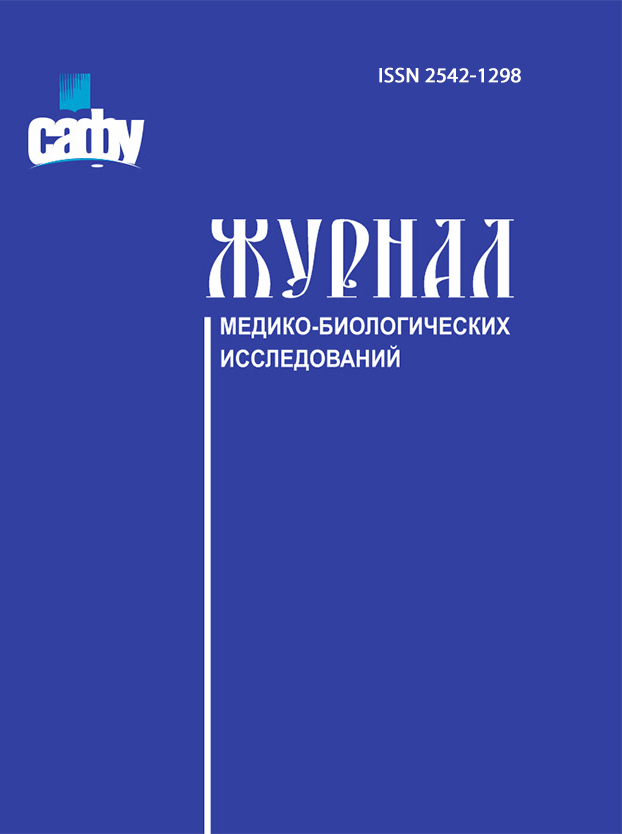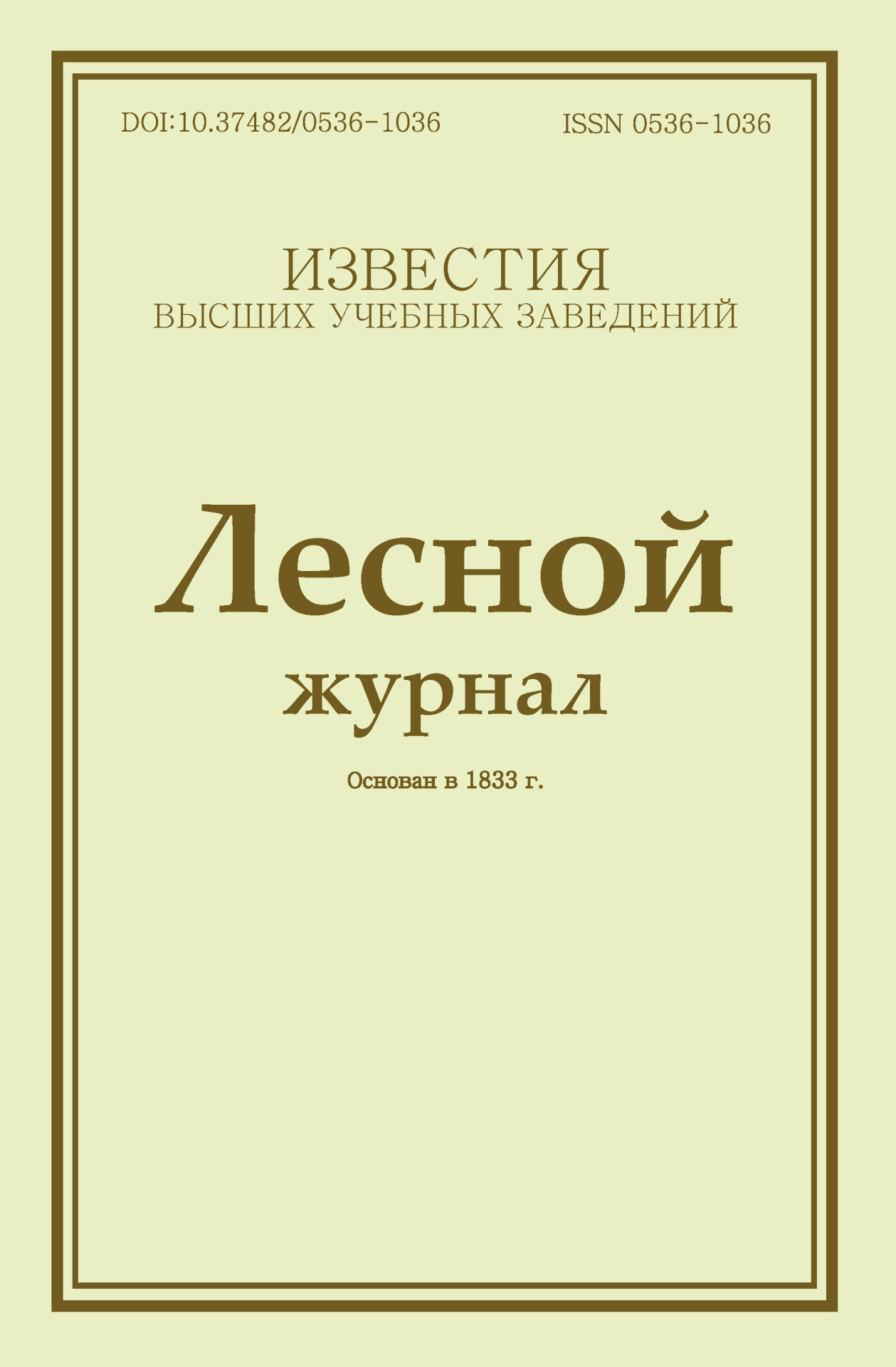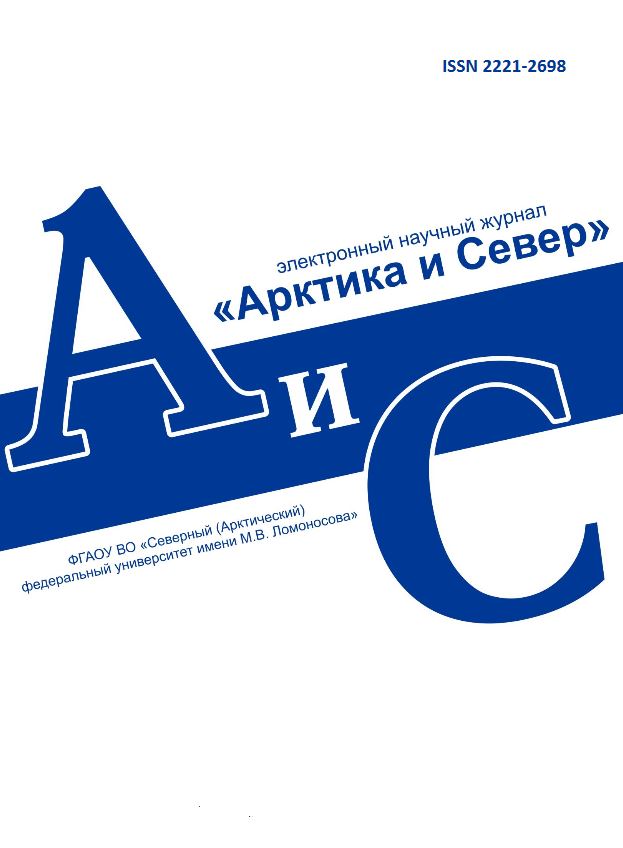
Vestnik of Northern (Arctic) Federal University.
Series "Humanitarian and Social Sciences"
ISSN 2227-6564 e-ISSN 2687-1505 DOI:10.37482/2687-1505
Legal and postal addresses of the founder and publisher: Northern (Arctic) Federal University named after M.V. Lomonosov, Naberezhnaya Severnoy Dviny, 17, Arkhangelsk, 163002, Russian Federation Editorial office address: Vestnik of Northern (Arctic) Federal University. Series "Humanitarian and Social Sciences", 56 ul. Uritskogo, Arkhangelsk
Phone: (8182) 21-61-20, ext. 18-20 For Authors |
An academic article has a clear structure and, as a rule, consists of the following parts:
1. UDC index Below are some important aspects of and requirements for these constituent elements. TitleThe main requirements for an article title are brevity and clarity. The maximum length of a title is 10–12 words. A title should:
Only standard abbreviations are allowed in the title. AbstractAn abstract is an independent from the article source of information. It is written after the article has been finished. It describes the main subject, problem, object, aims of the study and its results. An abstract should indicate what comprises the novelty of this paper compared to other works on the topic. The recommended volume is 200–250 words. An abstract performs the following functions:
— Allows one to determine the main content of the paper and its relevance in order to decide whether one should read the entire article; Abstracts should be written according to international standards and include the following:
1. introduction to the topic; An abstract should neither repeat the text of the article (you should not copy sentences from the article) nor the title. It should not contain numbers or tables or refer to footnotes.
An abstract presents the essential facts of the study; it should only contain the material mentioned in the article. The subject, topic, and purpose of the study are indicated if they are not clear from the title of the article. It can be useful to describe the method or methodology of the study if they present some novelty or interest in terms of this work. The results of the study should be described highly accurately and informatively. Key theoretical and experimental results, actual data, discovered relationships and regularities are presented. Preference should be given to new results, important discoveries and conclusions refuting the existing theories, as well as to data of practical importance. Conclusions can be accompanied by recommendations, estimates, suggestions and hypotheses described in the article. The authors should use syntactic constructions typical of the academic language and avoid complex grammatical constructions. An abstract should be concise and clear, without excessive opening words or general statements. KeywordsKeywords include words and phrases expressing the main semantic content of an article, serving as a guide for the reader and used in searching for articles in electronic databases. Thus, to make the search easier, words in general use should be avoided. Keywords, between 6 and 8, are placed after the abstract. One keyword should stand for one concept, for example: ethnicity, northern epic, existential determination, Arctic convoys. IntroductionAn introduction is intended to provide background information on the topic of the article and explain the purpose of the research. First of all, the author should state the general topic of the study. Further, the theoretical and practical significance of the work is stated and the most authoritative and accessible to the reader publications on the topic are described. In the introduction, the author also identifies problems which had not been solved in previous studies and which this article is intended to solve. An introduction must clearly state: — the aim and object of the author’s research. A study should have a certain idea, a central statement which it dwells upon. To formulate an aim, one has to answer the question: “What do I want to create as a result of the research?” This result can be a new methodology, classification, algorithm, structure, a new version of the existing technology, a learner’s guide, etc. The purpose is usually formulated with the help of the following verbs: reveal, identify, form, prove, verify, determine, etc. The object is the material of the study. — the relevance and novelty. The relevance of the topic is the degree of its importance today under current circumstances. It is the ability of the results to be used to solve quite significant theoretical and practical problems. Novelty is what distinguishes the result of this work from the results obtained by other authors. — initial hypotheses, if they exist. It is in this part of the paper that the reader is introduced to the structure of the article, if necessary. Having written an introduction, the author should check it for the following key points:
— Are the aims, object and initial hypotheses, if any, clearly formulated? Literature reviewLiterature review is the theoretical core of the research. Its purpose is to study and evaluate the existing works on the topic. It is preferable not simply to enumerate previous studies, but make a critical review and a summary of their key standpoints. Main bodyMethodology This section describes the order in which the research was performed and justifies the choice of the methods used. It should enable the reader to assess the correctness of this choice, as well as the reliability and validity of the results obtained. The idea is that any other scholar with sufficient skills should be able to reproduce the research, based on the methods stated. Referring to literary sources without describing the essence of the method is possible only if it is a standard method. Results This part of the article presents the author’s systematized analytical material. The results of the research should be described in sufficient detail so that the reader can trace its stages and assess the validity of the author’s conclusions. This is the largest part of an academic article, its main section, aiming to prove the working hypothesis (hypothesis) by means of analysis, generalization and explanation of the data. The results are, if necessary, illustrated by tables, diagrams and figures that represent the original material or evidence in a contracted form. It is important that the illustrated information does not duplicate the text. The authors are encouraged to compare the results presented in the article with earlier works in this field both by the author him/herself and by other scholars. Such a comparison will further underline the novelty of the study and make it more unbiased. Depending on the level of knowledge – theoretical or empirical – there are singled out theoretical and empirical articles. Theoretical articles include the results of studies performed with the help of such methods of cognition as abstraction, synthesis, analysis, induction, deduction, formalization, idealization, and modelling. If an article is of theoretical nature, in most cases it follows this pattern: first, the author introduces key points and ideas that will later be analysed, and then conclusions will be made. Empirical articles, while using a number of theoretical methods, are mainly based on practical methods of measurement, observation, experiment, etc. The results of the study should be summarized, but at the same time contain enough information to evaluate the conclusions made. It should also be clear why exactly this data was chosen for the analysis. ConclusionsA conclusion briefly states the results of the study. It concisely repeats key ideas of the main body of the article. Any repetitions of the material presented should be put in other words to differ from those stated in the main body. In this section, the results are checked against the purpose indicated at the beginning of the paper. This last section sums up the results of the research, draws conclusions, makes generalizations, gives recommendations following from the study and emphasizes their practical importance, as well as determines key areas of further research. It is also desirable to include the author’s assessment of the future development of the issues under study. |
Make a Submission
INDEXED IN:
|
Продолжая просмотр сайта, я соглашаюсь с использованием файлов cookie владельцем сайта в соответствии с Политикой в отношении файлов cookie, в том числе на передачу данных, указанных в Политике, третьим лицам (статистическим службам сети Интернет).






